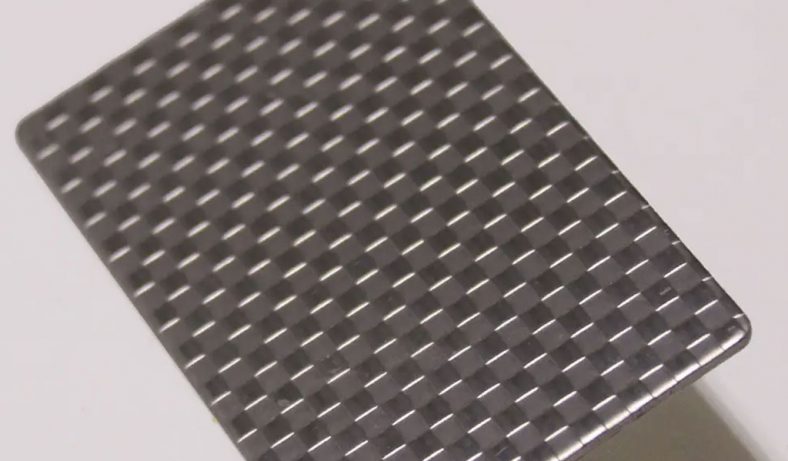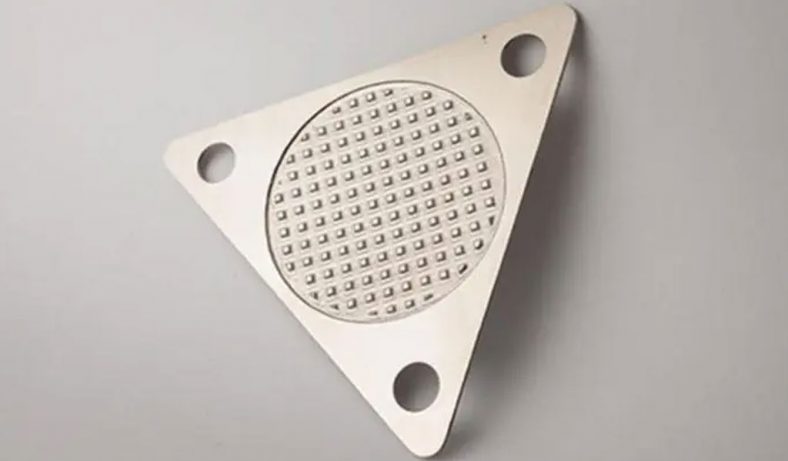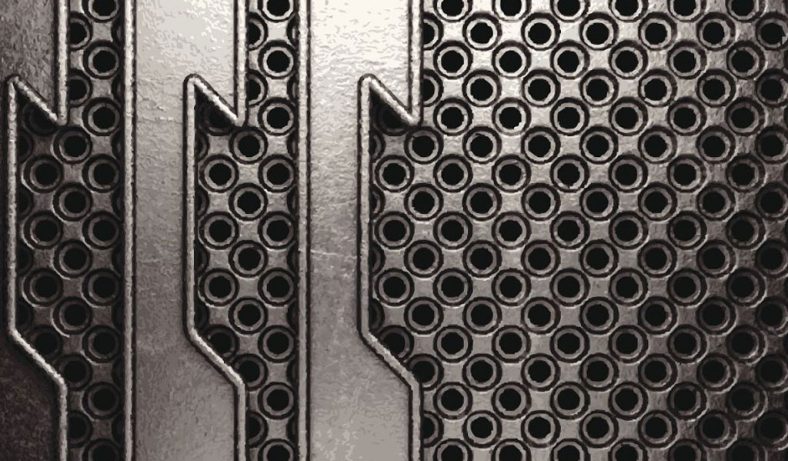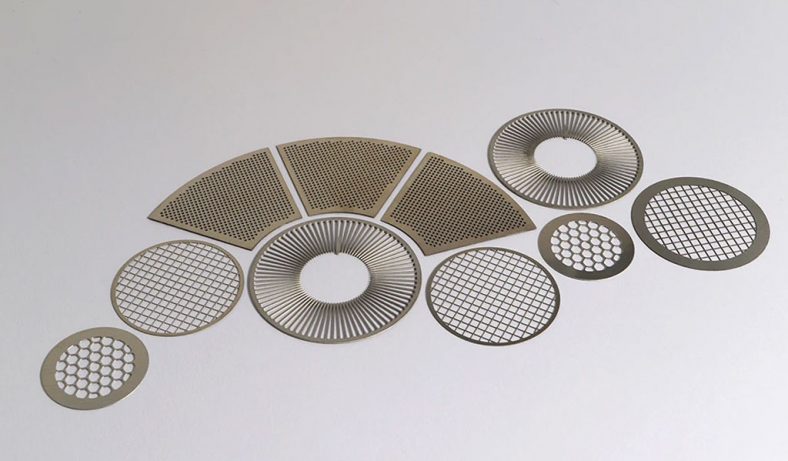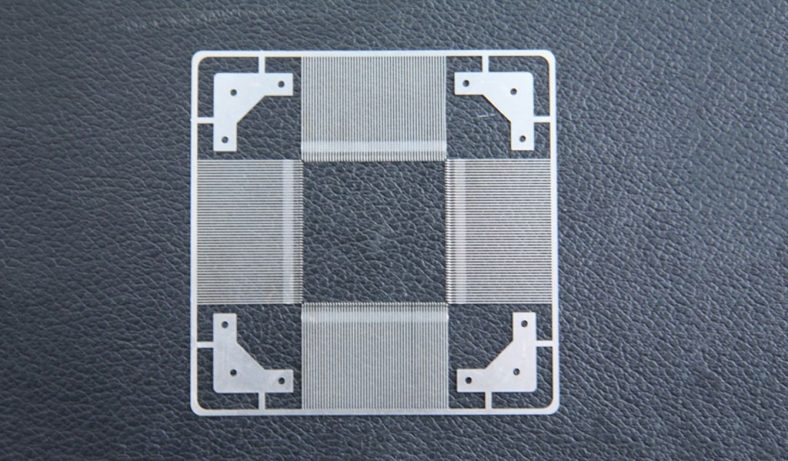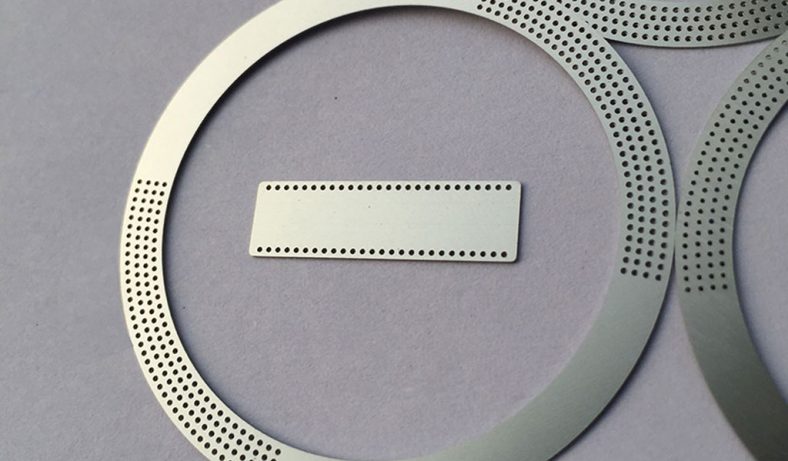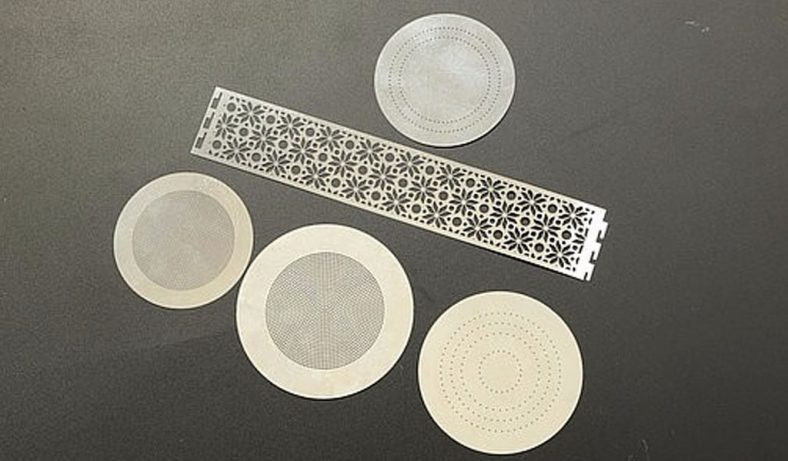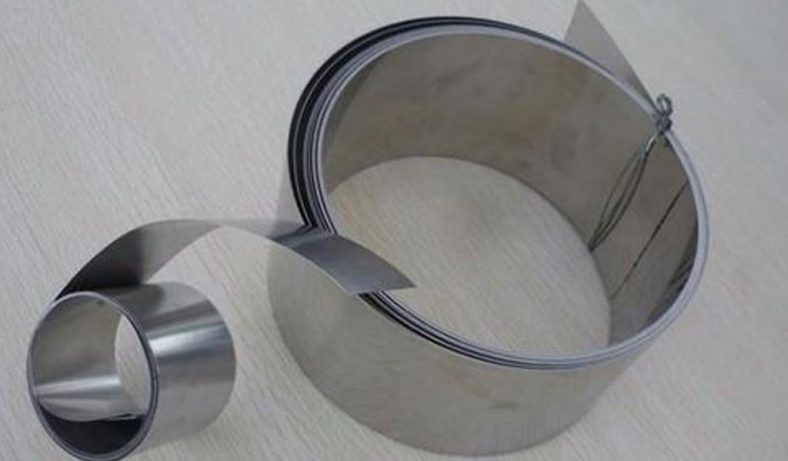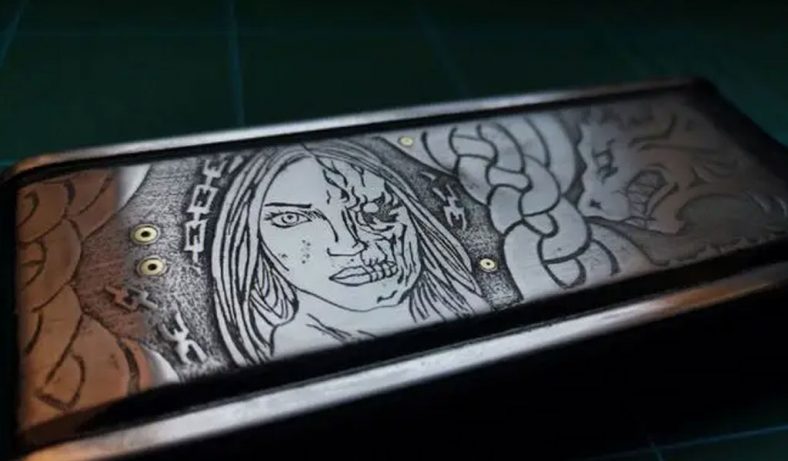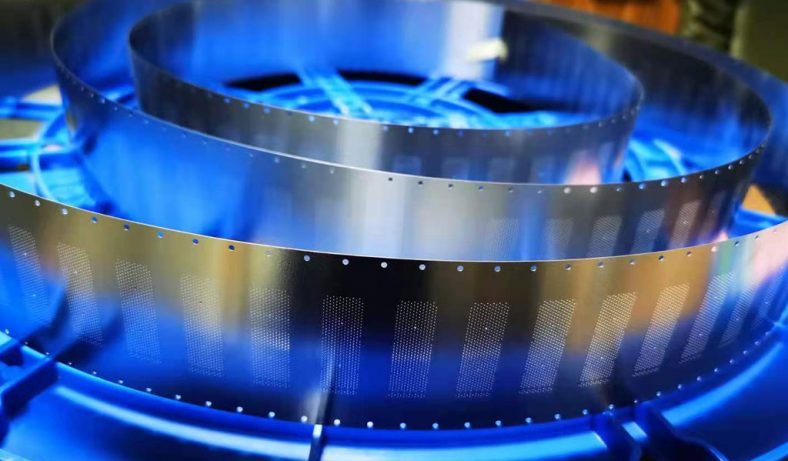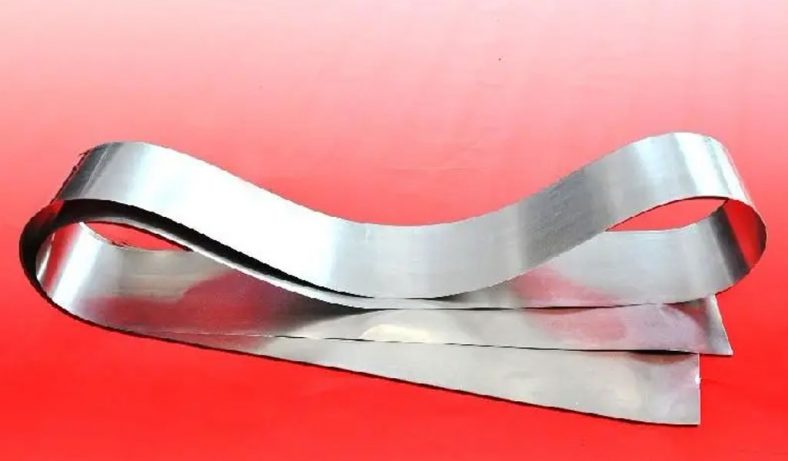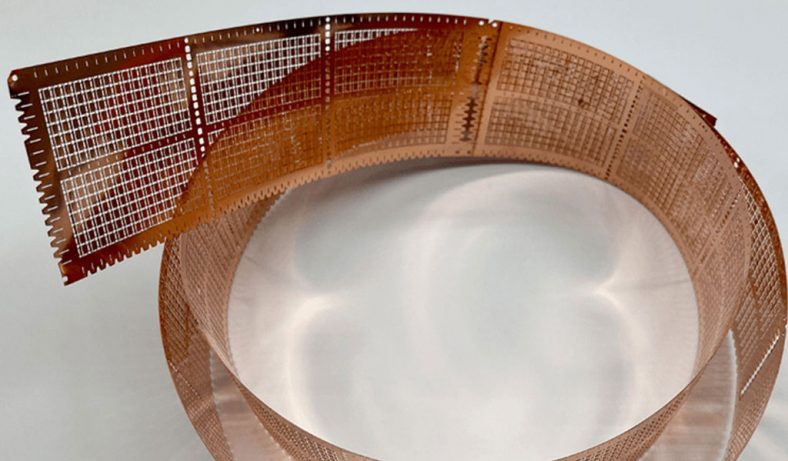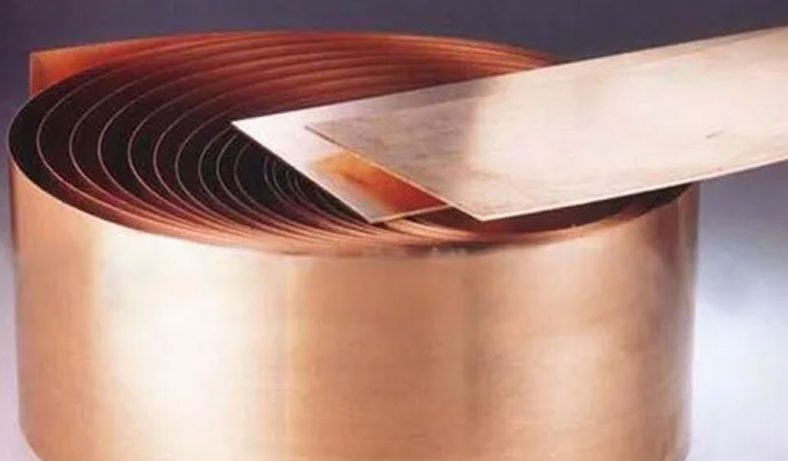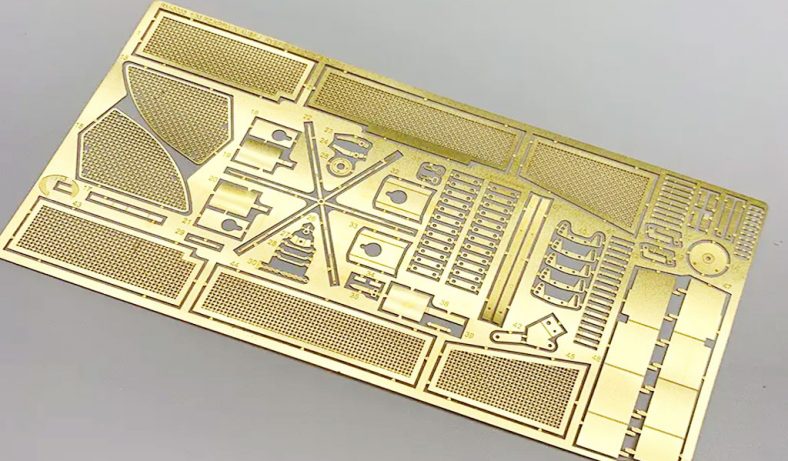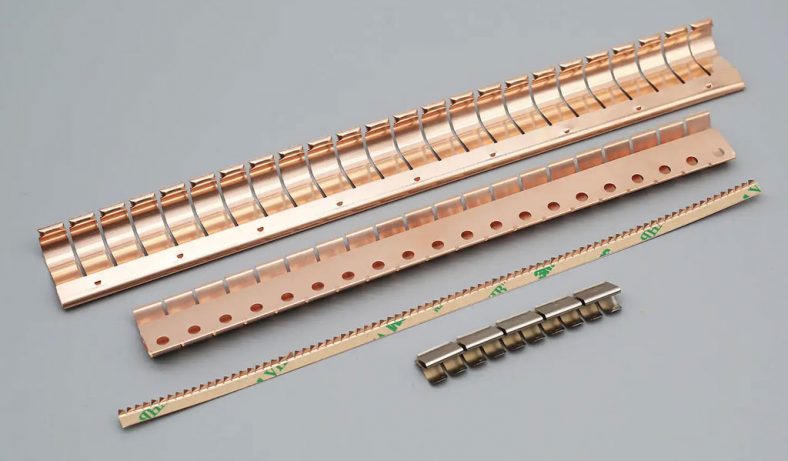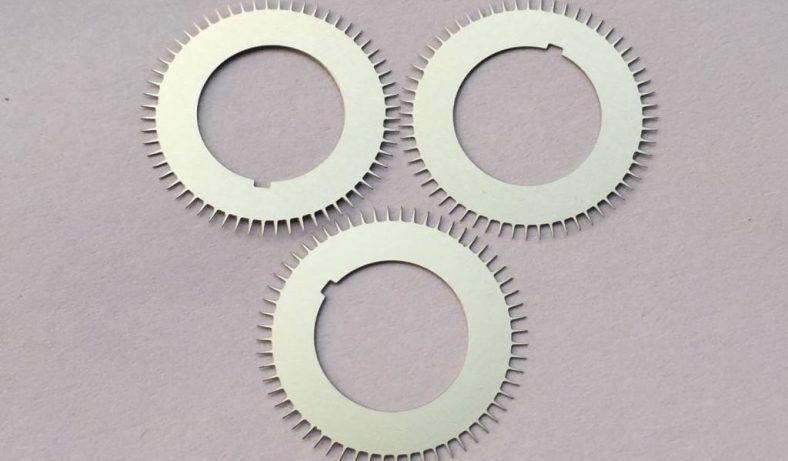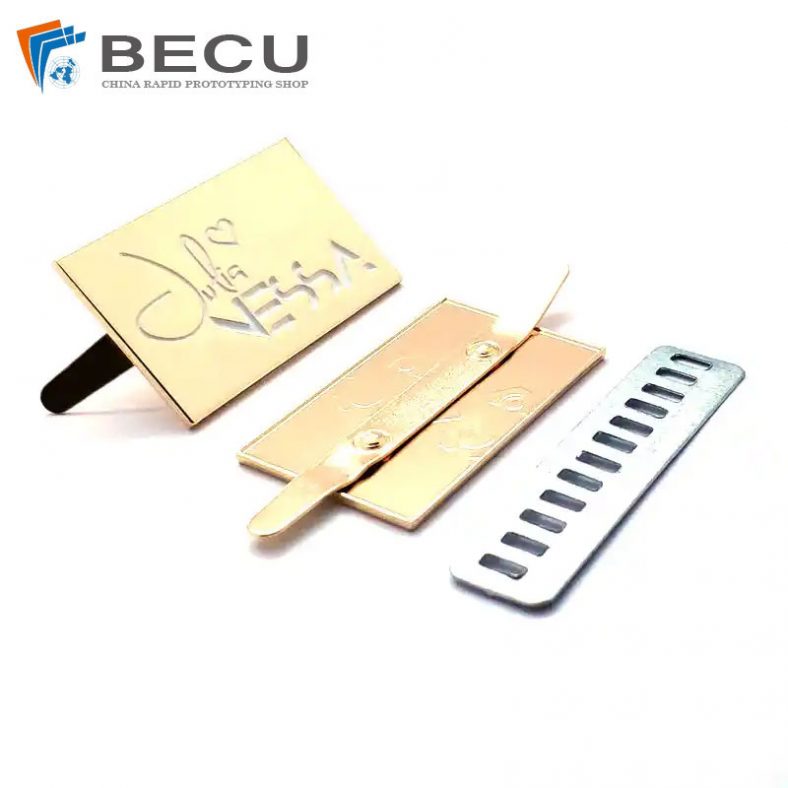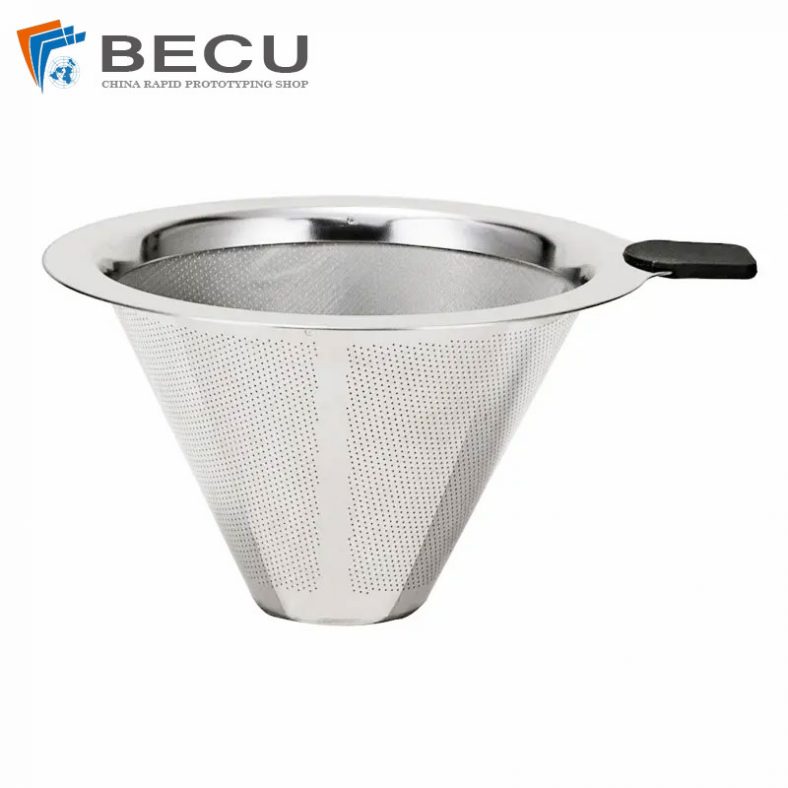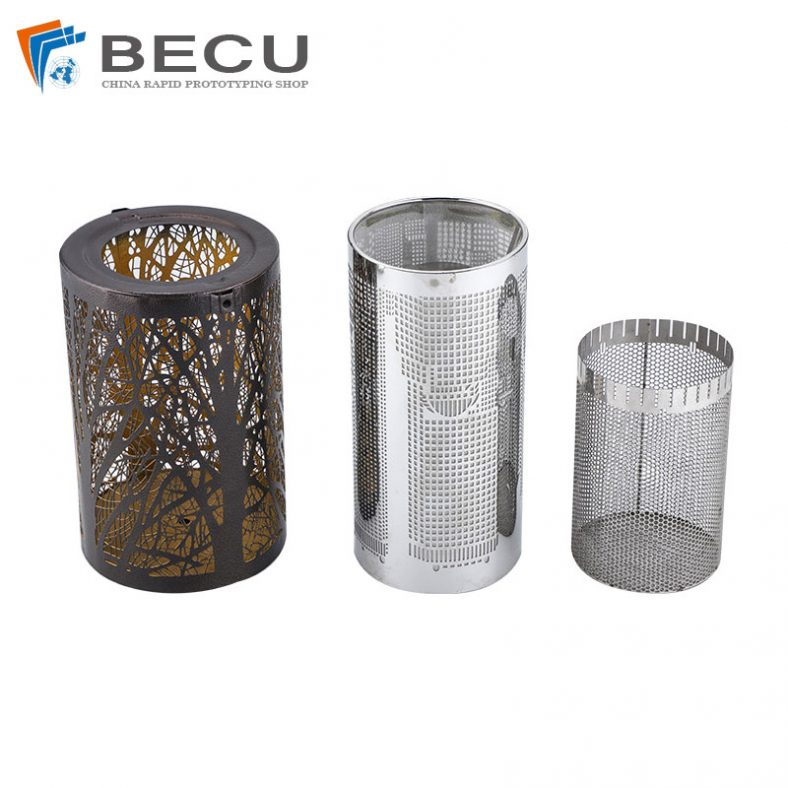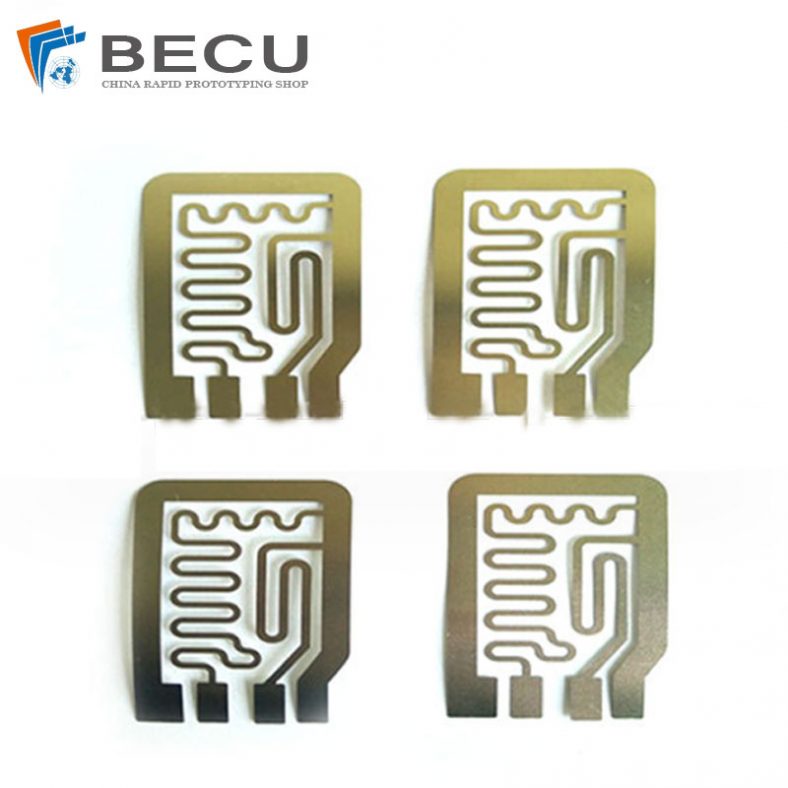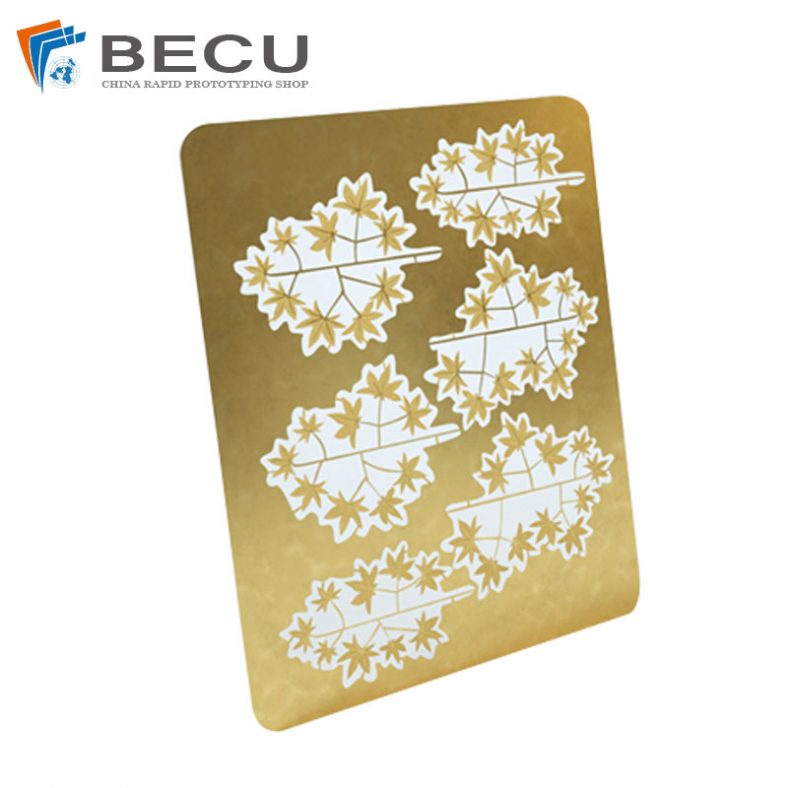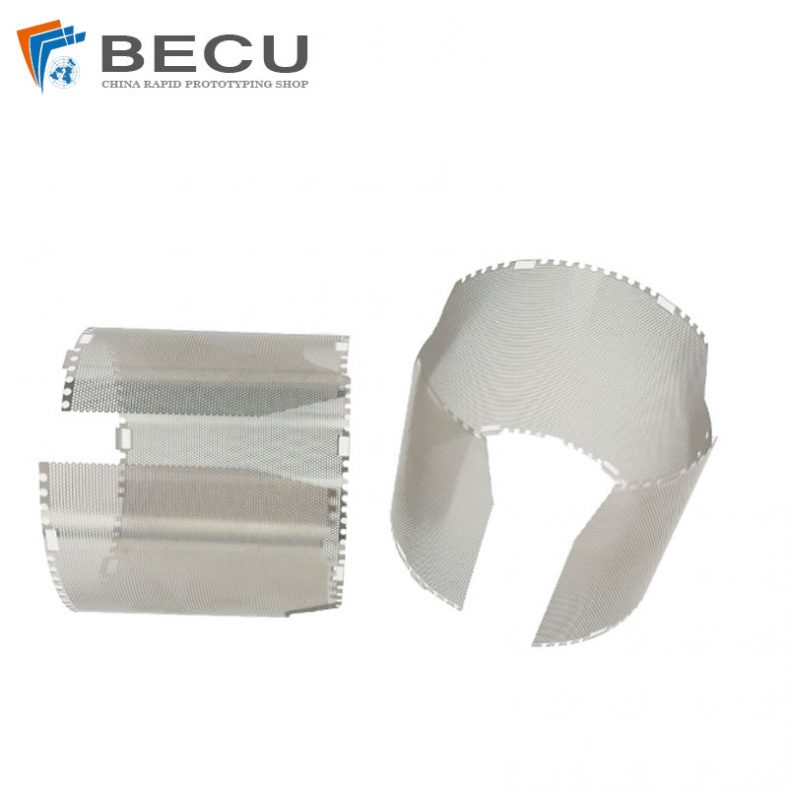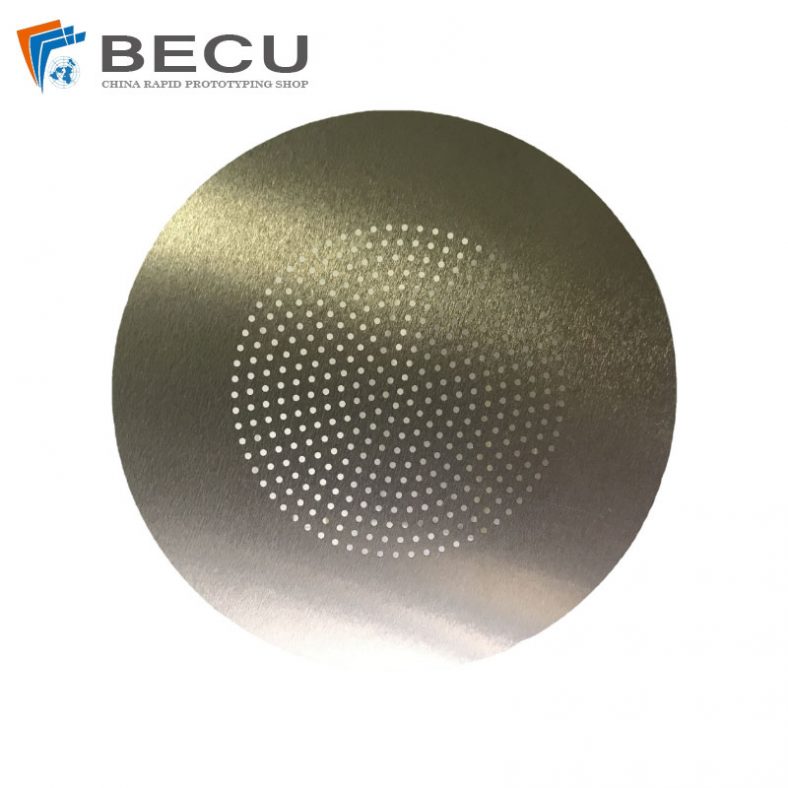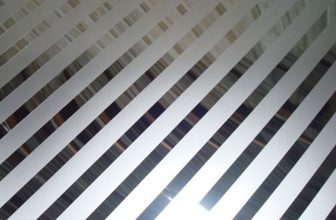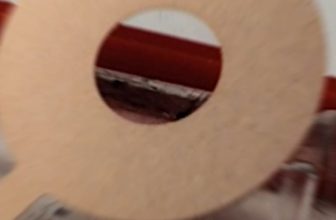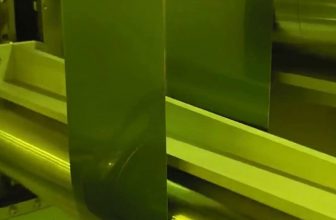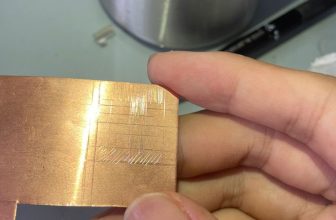Etching is a specialized technique used to alter the surface properties of materials, such as metals, ceramics, and plastics, often for aesthetic or functional purposes. Metal etching involves the use of various processes, such as chemical, laser, and electrochemical etching, to create patterns, textures, and designs on metal surfaces. The question arises, however: Can you etch painted metal, and if so, what are the challenges and methods involved?
Overview of Metal Etching
Metal etching refers to the process of creating designs on a metal surface by removing or altering material through mechanical, chemical, or laser methods. It is widely used in industrial, artistic, and technical applications, including circuit board manufacturing, signage, artwork, and precision components.
- Types of Etching:
- Chemical Etching: Involves using acidic or alkaline solutions to corrode the metal surface, leaving a permanent mark or design.
- Laser Etching: A high-intensity laser beam is used to vaporize the metal surface, leaving a permanent marking.
- Electrochemical Etching: Utilizes an electric current to etch metal, often in combination with a conductive solution, creating patterns on the material.
- Mechanical Etching (e.g., abrasive blasting): Involves physical processes such as sandblasting or bead blasting to remove the top layer of material.
The Role of Paint on Metal Surfaces
Paint is commonly used on metal surfaces to protect against corrosion, enhance aesthetic appeal, and add durability. However, paint can complicate the etching process. When attempting to etch painted metal, several factors must be considered:
- Paint Types: There are various types of paint, including enamel, acrylic, epoxy, polyurethane, and powder coatings. Each type has different properties, which can affect the etching process.
- Thickness of the Paint Layer: The thickness of the paint layer can determine the etching method required. A thick paint coating may act as a barrier, preventing the etching process from reaching the metal surface.
- Adhesion Properties: The paint’s adhesion to the metal can also affect the etching process. Poor adhesion may cause the paint to peel or chip during the etching process.
Can You Etch Painted Metal?
Yes, it is possible to etch painted metal, but the process requires careful consideration of the following:
- Preparation of the Surface: The paint may need to be removed or prepared for etching. For instance, in some cases, the paint can be masked in areas where etching is not desired, or it can be partially or fully stripped in others.
- Etching Method Selection: Depending on the paint type and the desired outcome, specific etching methods should be chosen. For example:
- Chemical Etching: This method may require the removal of the paint layer first, as the chemicals could affect the paint or result in an uneven etch.
- Laser Etching: Laser etching can be effective on painted metal, as it can selectively target areas without damaging the underlying metal. However, the type of paint may influence the laser’s effectiveness.
- Electrochemical Etching: This method can be challenging on painted metal, as the paint may interfere with the electrical conductivity required for the etching process.
Methods for Etching Painted Metal
- Removing the Paint Before Etching:
- Chemical Stripping: Paint can be removed using chemical paint strippers or solvents such as acetone, methylene chloride, or caustic soda. This approach ensures the metal is clean and ready for etching. However, this process may not be suitable for delicate painted surfaces, and there is a risk of damaging the base metal if not done carefully.
- Mechanical Removal: Sanding or abrasive blasting can remove paint and prepare the surface for etching. This method is more aggressive and could affect the surface finish of the metal.
- Selective Etching of Painted Metal:
- Masking: In some cases, only certain areas of the painted metal are meant to be etched. Masking involves covering the areas not to be etched with a protective material such as tape, vinyl, or a non-reactive coating.
- Laser Etching on Painted Surfaces: Laser etching can selectively vaporize the paint in specific areas without damaging the metal beneath. This technique allows for fine detailing and high precision but depends on the paint’s composition.
- Using Abrasive Techniques:
- Sandblasting or Bead Blasting: These mechanical techniques can be used to etch through paint layers by propelling abrasive particles at the surface. While effective in removing paint, these methods can lead to rough textures on the underlying metal.
Comparison of Etching Methods for Painted Metal
| Etching Method | Pros | Cons | Best Used For |
|---|---|---|---|
| Chemical Etching | Precise, suitable for intricate designs, scalable | Paint must be removed or masked, slower process | Circuit boards, fine details |
| Laser Etching | High precision, no physical contact, minimal cleanup | Can be expensive, may not work with all paint types | Artwork, logos, fine markings |
| Electrochemical Etching | Good for industrial applications, high repeatability | Challenging on painted surfaces, paint can interfere | Serial production, simple designs |
| Abrasive Blasting | Fast, effective for large surfaces, low cost | Rough texture, can damage underlying metal | Industrial applications, large areas |
Challenges of Etching Painted Metal
- Inconsistent Etching Results: The combination of paint and metal can lead to inconsistent etching results. For instance, certain areas of the painted surface may resist the etching process due to the thickness or adhesion properties of the paint.
- Damage to the Paint or Metal: In some cases, the etching process could cause the paint to peel or the metal to corrode, especially when aggressive methods like abrasive blasting or chemical etching are used.
- Increased Costs: Depending on the etching method chosen, additional preparation and post-processing steps may be required, increasing both time and costs.
Applications of Etched Painted Metal
- Decorative Designs: Etching is often used to create intricate designs on painted metal for applications in art, signage, and architecture.
- Functional Applications: In some cases, etched painted metal is used for functional purposes, such as in filters, shields, or components in electronic devices.
- Branding and Marking: Companies may etch logos, barcodes, or other identifiers on painted metal products for branding or tracking purposes.
Conclusion
Etching painted metal is indeed possible, but it requires careful consideration of the materials, the paint type, and the desired outcome. The process can range from simple masking techniques to more involved methods like paint removal, laser etching, or abrasive blasting. Each technique has its pros and cons, and the best method depends on factors like the thickness of the paint, the metal type, and the precision required.
By understanding the science behind etching, the limitations of painted surfaces, and the available technologies, manufacturers can successfully create detailed and durable etchings on painted metal components.

